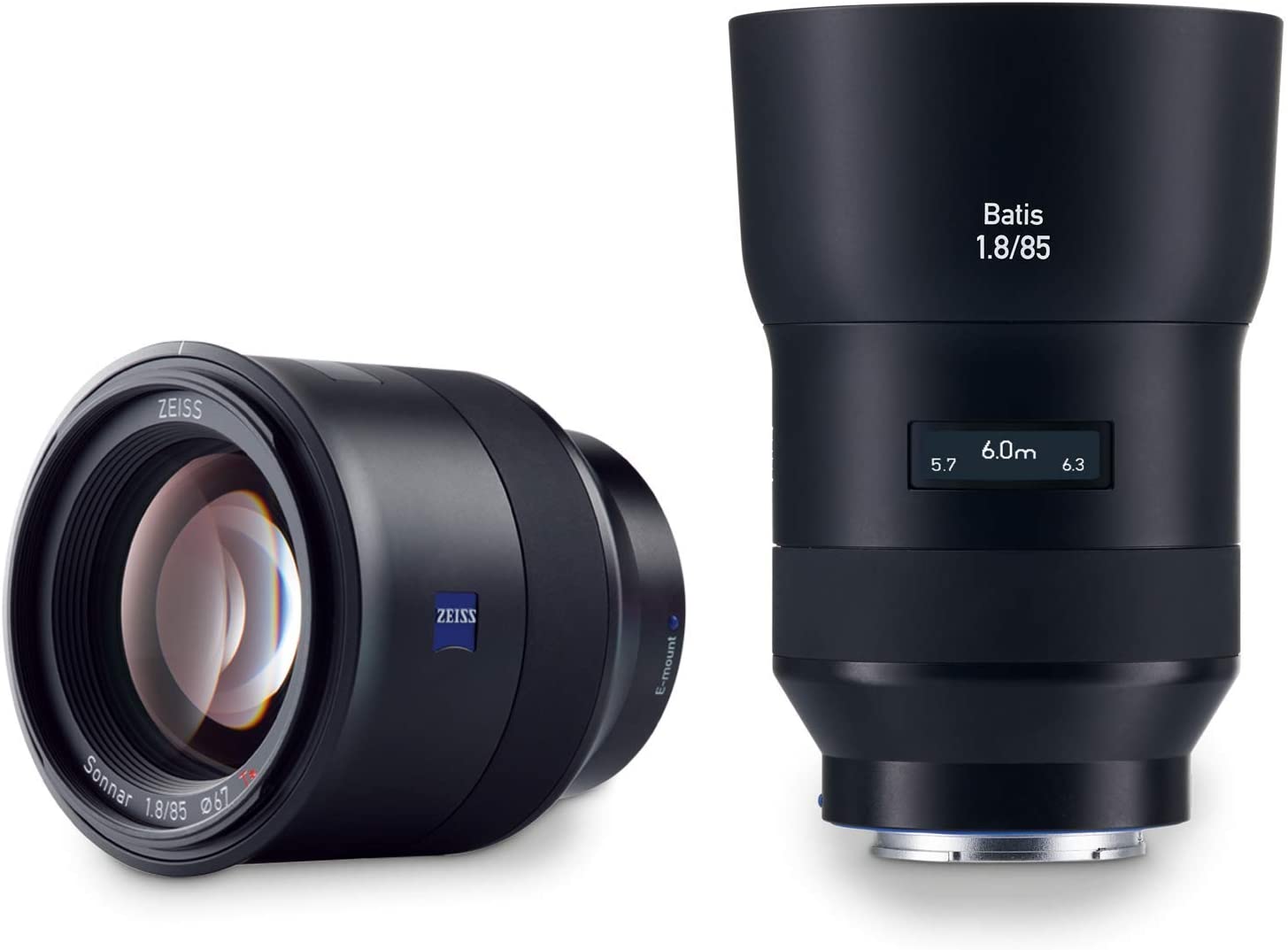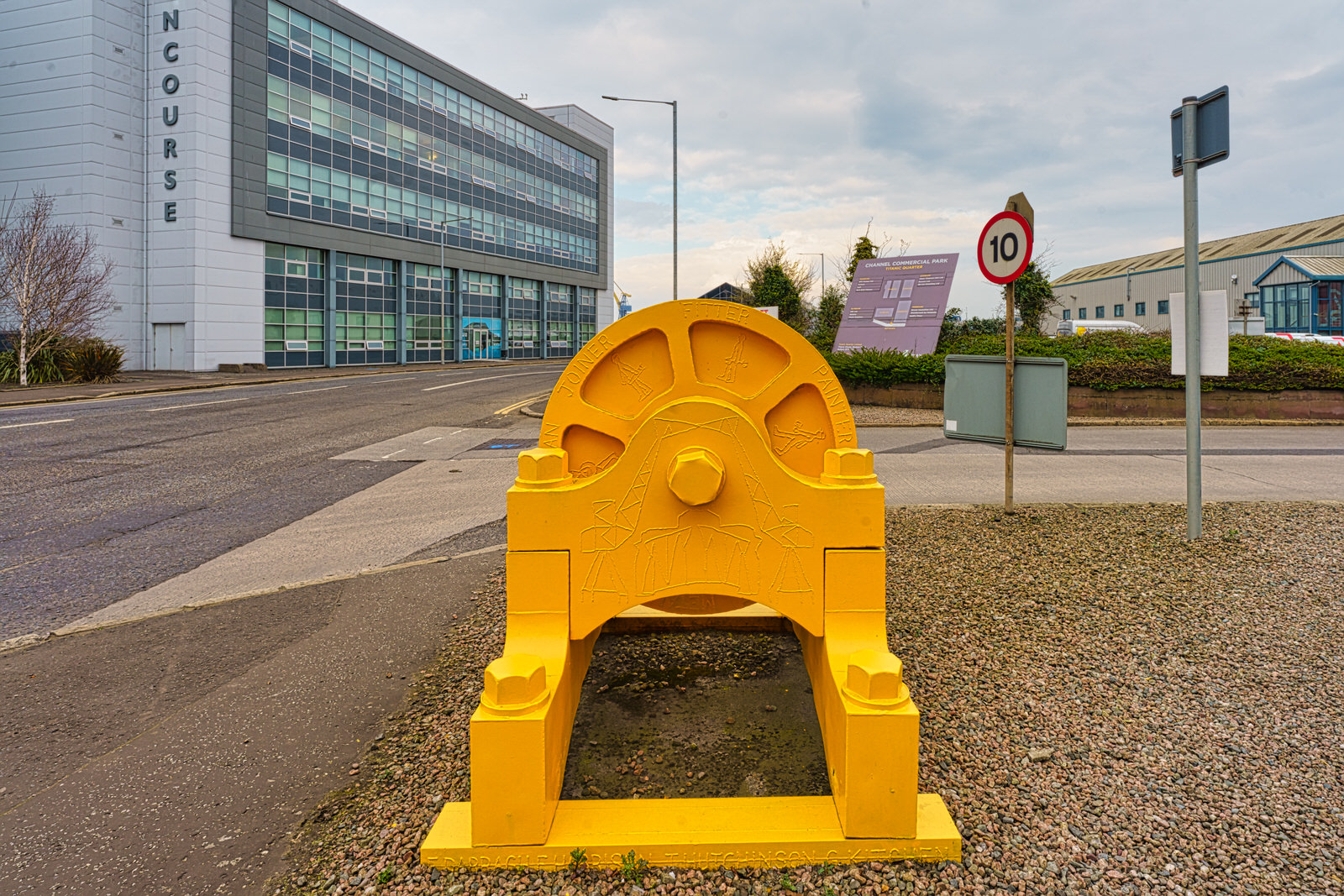ROEBUCK ROADCLONSKEAGH AREA OF DUBLIN
Roebuck, also originally known as "Rabuck", was an estate and townland in the baronys of Dublin, Uppercross, and Rathdown.
Roebuck became established as a location shortly after the Norman invasion of Ireland (from 1169). In 1261, it was owned by Fromund Le Brun, the Lord Chancellor of Ireland, and a castle was built there in the 13th century, which was badly damaged in the Irish Rebellion of 1641. It was pictured by Gabriel Beranger around 1768. It was sold by Nicholas Barnewall, 14th Baron Trimlestown, to James Crofton, an official of the Irish Treasury, in around 1800.
In 1466, Elizabeth le Brun married Robert Barnewall, 1st Baron of Trimlestown. The Irish Civil Survey of 1654-56 recorded that the estate consisted of around 500 acres. It remained in the hands of the Trimlestown family until the early nineteenth century when parts were sold off. The surgeon Solomon Richards acquired land in the area of the estate known as Roebuck Grove from Baron Trimlestown in 1812.
The estate was acquired by the Westby family in 1856 and from 1943 until 1985 it was owned by the Little Sisters of the Poor. It later became part of the University College Dublin campus.
Roebuck Road is in Clonskeagh a small southern suburb of Dublin, Ireland. The modern suburb lies partially within the city limits of Dublin but mostly within Dún Laoghaire–Rathdown. Roebuck Road defines the southernmost end of Clonskeagh; this area is sometimes known as Roebuck and occasionally considered to be part of Windy Arbour. The area is principally defined by the Clonskeagh Road and its extension into Roebuck Road, which spans its length. The northern end of the Clonskeagh Road at the junction with Eglinton Road / Milltown Road separates it from Ranelagh to the north, and the campus of University College Dublin at Belfield is to the east while Goatstown and Dundrum lie to the south. To the west is Windy Arbour, but there is no clear point at which that boundary might be defined.
Clonskeagh is primarily a residential area, developed in the early decades of the 20th century. It has a small village green with a few local shops. The district has changed in character as population growth in greater Dublin has imposed increasingly intensive use of land and the nearby Luas light railway has improved commuter access to central Dublin.
In the mid-1970s, Clonskeagh consisted of low-density housing with significant areas of private open land, largely owned by the Catholic Church. Since then, the closure of the Masonic Boys' School has led to commercial redevelopment north of Clonskeagh Road and former church land adjacent to Bird Avenue and Roebuck Road now has housing. Since 2000, housing development has intensified land use further by building in larger gardens, replacing houses by apartments and adding storeys to properties.
The Radiological Protection Institute of Ireland, which was established in 1992, is also based in Clonskeagh.
There is a mid-20th century Catholic church on Bird Avenue, and the Islamic Cultural Centre of Ireland and its associated primary school are on Roebuck Road.
The former Vergemount Fever Hospital at Clonskeagh is now a nursing home facility for the elderly.
There are also several green spaces, as well as a large health and fitness club, and fishing takes place on the Dodder.
St. Kilians Deutsche Schule and the secondary campus of the Lycée Français d'Irlande share a "Eurocampus" in Roebuck Road, offering private schooling in a multicultural and multilingual environment, claimed to be unique to Ireland.
Roebuck became established as a location shortly after the Norman invasion of Ireland (from 1169). In 1261, it was owned by Fromund Le Brun, the Lord Chancellor of Ireland, and a castle was built there in the 13th century, which was badly damaged in the Irish Rebellion of 1641. It was pictured by Gabriel Beranger around 1768. It was sold by Nicholas Barnewall, 14th Baron Trimlestown, to James Crofton, an official of the Irish Treasury, in around 1800.
In 1466, Elizabeth le Brun married Robert Barnewall, 1st Baron of Trimlestown. The Irish Civil Survey of 1654-56 recorded that the estate consisted of around 500 acres. It remained in the hands of the Trimlestown family until the early nineteenth century when parts were sold off. The surgeon Solomon Richards acquired land in the area of the estate known as Roebuck Grove from Baron Trimlestown in 1812.
The estate was acquired by the Westby family in 1856 and from 1943 until 1985 it was owned by the Little Sisters of the Poor. It later became part of the University College Dublin campus.
Roebuck Road is in Clonskeagh a small southern suburb of Dublin, Ireland. The modern suburb lies partially within the city limits of Dublin but mostly within Dún Laoghaire–Rathdown. Roebuck Road defines the southernmost end of Clonskeagh; this area is sometimes known as Roebuck and occasionally considered to be part of Windy Arbour. The area is principally defined by the Clonskeagh Road and its extension into Roebuck Road, which spans its length. The northern end of the Clonskeagh Road at the junction with Eglinton Road / Milltown Road separates it from Ranelagh to the north, and the campus of University College Dublin at Belfield is to the east while Goatstown and Dundrum lie to the south. To the west is Windy Arbour, but there is no clear point at which that boundary might be defined.
Clonskeagh is primarily a residential area, developed in the early decades of the 20th century. It has a small village green with a few local shops. The district has changed in character as population growth in greater Dublin has imposed increasingly intensive use of land and the nearby Luas light railway has improved commuter access to central Dublin.
In the mid-1970s, Clonskeagh consisted of low-density housing with significant areas of private open land, largely owned by the Catholic Church. Since then, the closure of the Masonic Boys' School has led to commercial redevelopment north of Clonskeagh Road and former church land adjacent to Bird Avenue and Roebuck Road now has housing. Since 2000, housing development has intensified land use further by building in larger gardens, replacing houses by apartments and adding storeys to properties.
The Radiological Protection Institute of Ireland, which was established in 1992, is also based in Clonskeagh.
There is a mid-20th century Catholic church on Bird Avenue, and the Islamic Cultural Centre of Ireland and its associated primary school are on Roebuck Road.
The former Vergemount Fever Hospital at Clonskeagh is now a nursing home facility for the elderly.
There are also several green spaces, as well as a large health and fitness club, and fishing takes place on the Dodder.
St. Kilians Deutsche Schule and the secondary campus of the Lycée Français d'Irlande share a "Eurocampus" in Roebuck Road, offering private schooling in a multicultural and multilingual environment, claimed to be unique to Ireland.
Commercial DisclosurePLEASE NOTE THAT LINKS BELOW MAY REDIRECT YOU TO THE AMAZON LOCATION MOST LIKELY TO SHIP TO YOUR ADDRESS
You will find links to buy products from Amazon, Google and other partners. If you click on these links, you’ll find that the URL includes a small extra piece of text which identifies that the click came from my websites. This text is an affiliate code, and it means that I get a small percentage of the money you spend if you choose to buy that product, or, in some cases, other products from the site soon after. These affiliate links help pay the costs of producing my websites and ensure that the content is free to you.











